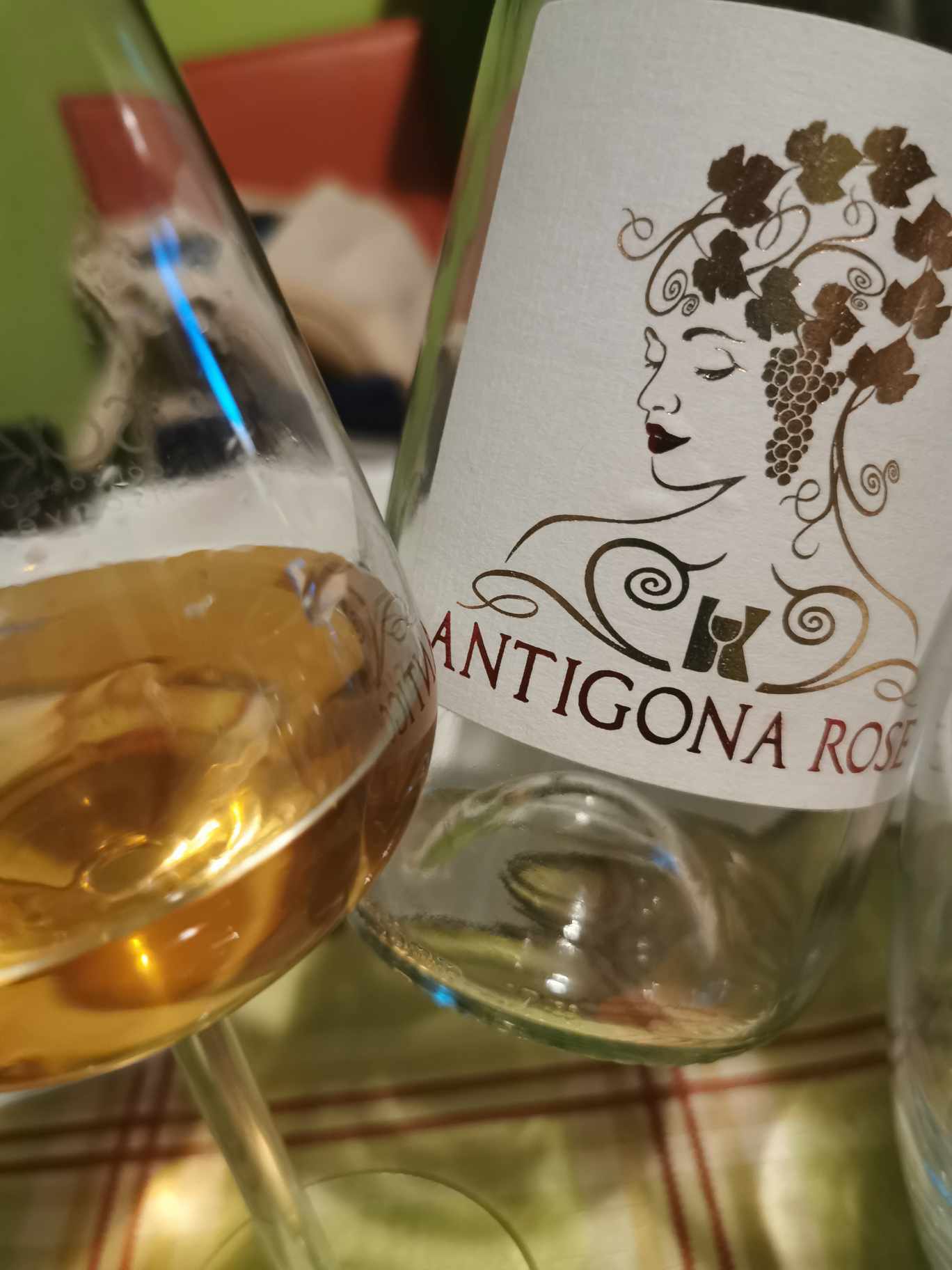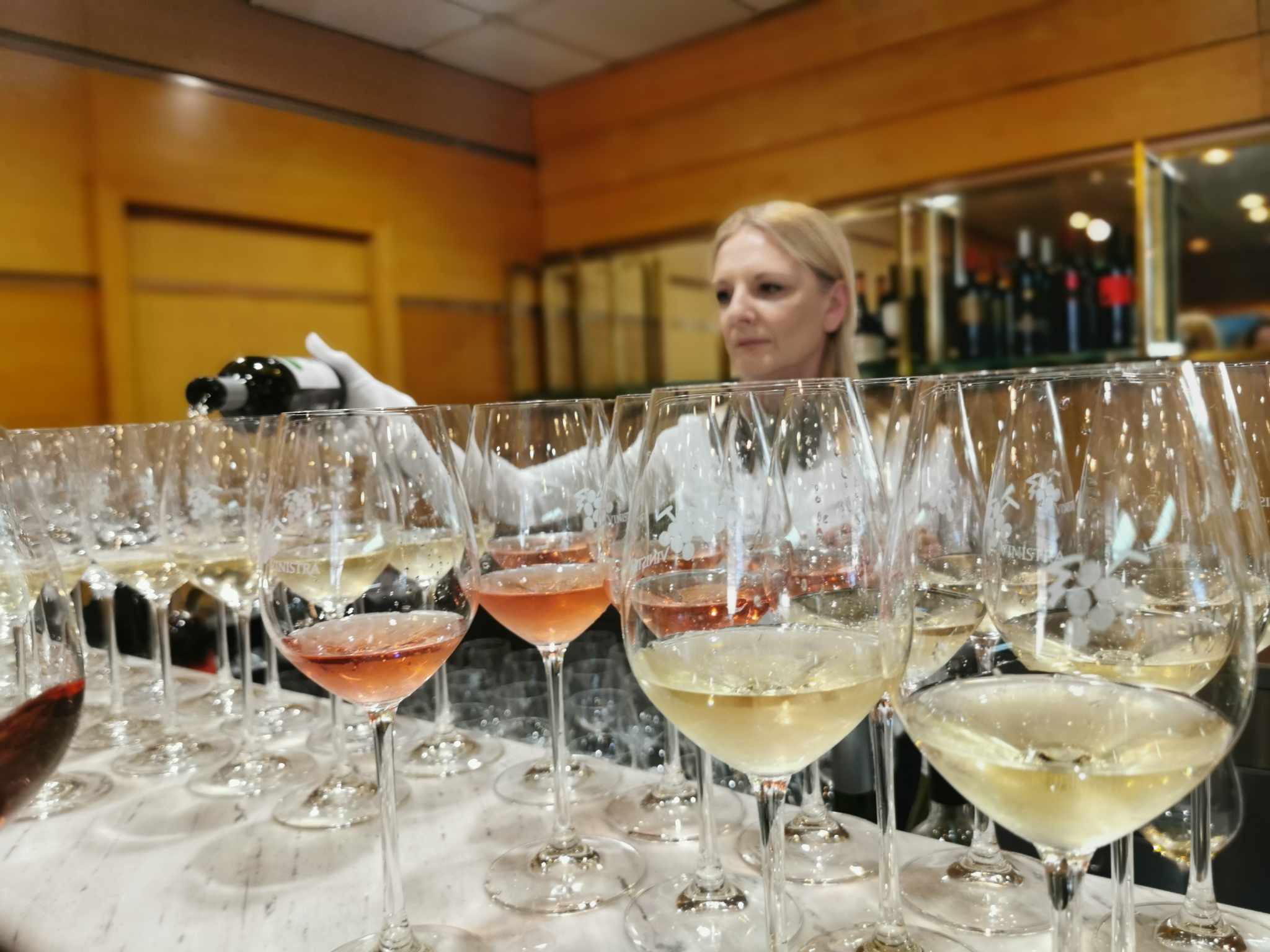News
News / 08/03/2019 / 2328

“I drink Champagne when I'm happy and when I'm sad. Sometimes I drink it when I'm alone. When I have company I consider it obligatory. I trifle with it if I'm not hungry and drink it when I am. Otherwise, I never touch it -- unless I'm thirsty”, the words of Lily Bollinger still echo, advocating for Champagne as an ideal companion in every situation.
1% OF TOTAL WINE PRODUCTION IN CHAMPAGNE
The popularity of sparkling wines is currently on the rise, so Champagne is no longer a choice exclusively for special events and feasts. Nearly 300 million bottles of Champagne are produced each year in the region of Champagne. You are most likely to get hold of Champagne Moet & Chandon labels since their annual production exceeds 30 million bottles. By comparison, Bollinger has an annual production of 3 million bottles (accounting for 1% of total wine production in Champagne), Veuve Clicquot more than 10 million bottles, Dom Perignon about 5 million bottles, Ruinart about 2.5 million bottles, Krug only 500,000 bottles .
HISTORY OF FAMILY WINERY
History of Bollinger Winery is actually the story of the rise of Bollinger family. The Renaudin-Bollinger Winery was officially established on February 6, 1829 as a joint venture by three co-owners: German businessman Joseph (Jacques) Bollinger, a French winemaker and aristocrat Hennequin de Villermont, and local wine enthusiast Paul Renaudin. As life sometimes resembles fairy tales, Joseph Bollinger married Charlotte, the daughter of Hennequin de Villermont in 1837, thus turning the winery in Aÿ a family business.
The arrival of Madame Bollinger (Elisabeth Lily Bollinger) at the head of the winery meant actual expansion of Bollinger Winery. After World War II, she travelled passionately around the world promoting Bollinger brand, while also buying land and vineyards in Champagne to further expand the winery. Lily Bollinger ran the winery until 1971.
From its founding to the present day, therefore in continuity, Bollinger Winery has been family-owned.

HOW TO DESCRIBE BOLLINGER?
If I were to atempt to define philosophy of Bollinger Winery as briefly as possible, then it would be the production of Champagne predominantly from Pinot Noir grapes originating from their own vineyards, by fermenting base wine in oak barrels and ageing reserve wines in magnums, which are subsequently used to produce final cuvee.
BY ALL ACCOUNTS SPECIAL
Champagne houses usually buy grapes from which they make Champagne. Bollinger Winery stands out because they primarily use grapes from their own vineyards for the production of wine, with 180 hectares of vineyards being owned in total. About 60% of the vineyards are planted with Pinot Noir. About 40 employees take care of the vineyards throughout the year. Vineyards are ecologically certified and cultivated with electrically powered tractors. Grass is planted in-between rows in the vineyards, biological pest control is used, with minimal use of herbicides. The emphasis is on local raw materials, so instead of sugar made from cane sugar, they use sugar made from sugar beet produced nearby. The bottles are also made of glass produced 20 km from the winery.
The experience gained over the years has made it possible to achieve perfection at every stage of production. For example, experience has shown them that they should never use Pinot Meunier for vintage champagne, as this variety is not suitable for longer ageing, and especially not for ageing in oak barrels. For Champagne that is less than 4 years old, gyropalletes are used. However, for Champagne that has been aged for more than 4 years, the bottles are always riddled by hand. Also, in the stage of disgorging, each bottle is manually opened, and specially trained workers literally smell each bottle in order to eventually detect whether the wine is corked or detect sediment, musty taste, hydrogen sulfide, etc.
The buyer of Champagne Bollinger should know that by the time of entry from the wine cellar to the market, each bottle is touched by hand 40 times (25 times only during the phase of riddling, i.e. while performing manual remuage).
There is also a legal obligation in Champagne that non-vintage champagne must mature for at least 15 months in a bottle before being released on the market, and vintage champagne for a minimum of 3 years. Bollinger has also raised the ladder high here because they keep Special Cuvee for at least 4 years in the cellar and vintage champagne for 6-7 years before going out to consumers.
THE SECRET IS IN OAK
In all of Champagne, the largest users of oak barrels are Krug and Bollinger wineries. Bollinger regularly receives batches of 5-year-old oak barrels from Burgundy. There are more than 3000 oak barrels in stock at the winery at any given time. Eight employees have an extremely responsible job of classifying each barrel upon arrival and determining its further future: whether it will be used for vintage champagne, or it will be used for regular non-vintage champagne or in case they are not satisfied with the quality, then sell it to others. Each year, workers repair about 300 barrels. In Bollinger, one barrel is used for 20-30 years, with regular repairs, although there are some barrels that reach 80-90 years of age. During the year, the barrels are used for about 5-6 months, and then emptied and stacked to wait for the following year to be used again.
All wines intended for vinification in oak barrels start their life with 4-8 months spent in them. Then further ageing is continued in the bottle. Oak barrels contribute to wine's complexity and influence its structure, which makes Bollinger Champagne highly appreciated and distinct.




EXCELLENCE IN EVERY DETAIL
A very strict selection principle applies at every stage of wine production. This rigor is also reflected in the fact that regulations for the production of rosé champagne limit the use of red wine in the range of 10-20%. In Bollinger, about 5% of red wine is added to produce rosé champagne, always Pinot Noir vinified in oak (8 months), whilst grapes originate from a vineyard 500 meters away from the winery.
For the production of base wine, 30 mg of sulfite is used (which is half as much as the average in Champagne). This is possible due to the fact that base wines always undergo malolactic fermentation, which makes wine more stable and reduces the need for sulfite.
TREASURE IN MAGNUMS
Each year, Bollinger keeps a portion of the wine from grand cru and premier cru plots for reserve wine. The reserve wine is stored for 5-15 years in magnum bottles. Bollinger has a fascinating collection of more than 750,000 magnums sorted by plot and vintage.
The final blend contains about 5-10% of this reserve wine kept in magnums for up to 15 years. You are probably wondering how come the reserve wine in the magnums reaches that age and does not oxidize. There is an explanation: when the magnum is closed, 6g of sugar are added, which partially starts secondary fermentation. In this way, carbon dioxide protects the wine from oxidation for the next 15 years. Therefore, if you taste reserve wine from a magnum, you will feel tongue tingling, similar to bubbles from sparkling water popping againts the tongue. In the period when the final cuvee is made, 9 employees work full time opening magnums of reserve wine for a month and a half.
In addition, Bollinger stores magnums in a real underground labyrinth of corridors which extend 5.5 km in length. Occasionally, some visitor separates from the group during the cellar tour and then follows a real search for him/her through long corridors and underground intersections. All corridors are illuminated with a faint yellow light. Scientific research has shown that UV rays adversely affect wine in a glass bottle because they accelerate the reduction effect. Therefore, special yellow lamps are used throughout the cellar which do not emit UV rays.


In the wine cellar, the oldest bottles in the archive are about 20 bottles dating back to 1830.
Most winelovers know Bollinger as the Champagne that James Bond drinks. However, keeping in mind the unique approach at each stage of champagne production, it becomes clear why Bollinger is so special among all the champagne wines available on the market.
(21/04/2019)

Tomislav Ivanović
Awarded wine writer, wine critic and contributor to selected wine magazines. WSET3-certified author and editor-in-chief of www.vinopedia.rs. Member of Vojvodina Sommelier Association. Juror in national and international wine competitions. Lecturing about wines of Serbia and the Balkans. Local partner of Wine Mosaic organization. Co-founder of International Prokupac Day.

Pročitajte i druge članke iz ove rubrike:


VINOPEDIA TOP 10 2024
PROČITAJ VIŠE


GIUAANI - VINSKI TURIZAM NA GRUZIJSKI NAČIN
PROČITAJ VIŠE


SPASIMO STARE VINOGRADE SRBIJE
PROČITAJ VIŠE


NAŠLI SMO ANTIGONU IZ ORAHOVCA
PROČITAJ VIŠE


SRPSKO VINO KOŠTA 100 EUR - I ŠTA ĆEMO SAD?
PROČITAJ VIŠE
Winner MILLESIMA BLOG AWARD 2016

Pobednik MILLESIMA BLOG AWARD 2016
VINO & FINO wine personality of the year 2016

VINO & FINO vinska ličnost godine 2016